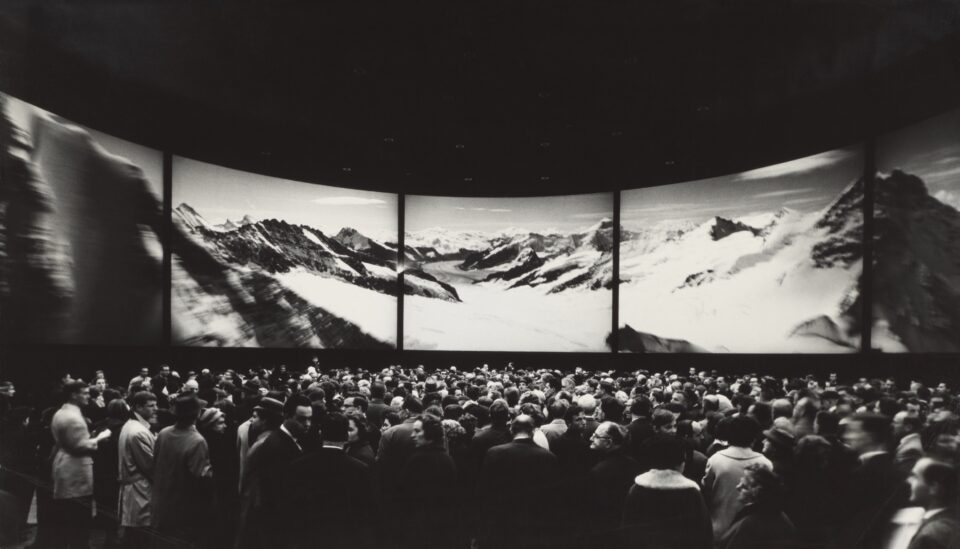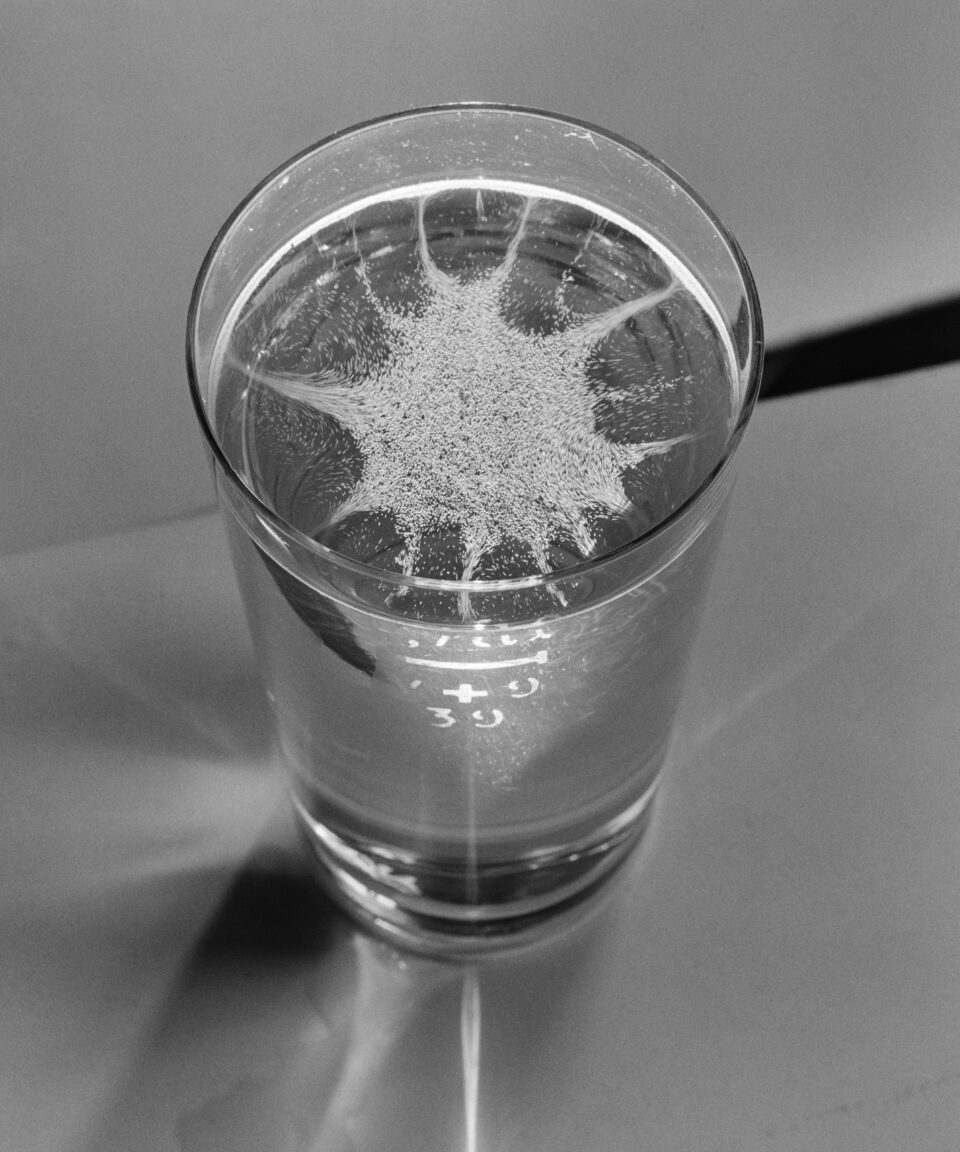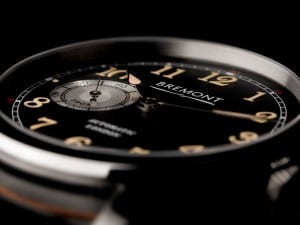How do you create an original image? It’s a question that is hard to grapple with in the digital age, when 95 million photos are uploaded to Instagram each day. In 2021, ideas are shared, developed, copied and deleted in seconds. In the 1930s, things were different. There was no internet, yet the medium was experiencing a different kind of boom: printed images. At the forefront was Ernst A. Heiniger (1909-1993), a photo retoucher by trade, who belonged to the avant-garde of the Swiss “New Photography” movement.
The characteristics of this fresh aesthetic included sharpness, attention to detail, unusual perspectives, close-ups and multiple exposures. After only a short period as a self-employed retoucher, Heiniger decided to learn how to take these kinds of shots himself. He made his customers an offer: for the same price, they would receive a new, better print instead of a retouched one. He soon became a pioneer of the movement, and one of the first lens-based creatives admitted to the Swiss Werkbund – an association of artists, architects, designers and industrialists established in 1913.

Good Morning, World! highlights a wealth of both black and white and colour images, notable for their precise rendering of structures and forms. Bubbles collide, creating star shapes in wine glasses. Water droplets rest on windowpanes. Spindly shadows stretch across the pavement – capturing cyclists from above. What is striking about these pictures is their ability to present familiar objects and scenes anew – observing the world from innovative, unpredictable perspectives. They make you stop, pause and reflect.
Innovation was a constant in Heiniger’s universe. He was always at the cutting edge of technology. In 1936, he created Puszta-Pferde, one of the first modern photobooks in Switzerland. Simultaneously, he worked with well-known artists such as Heiri Steiner, Herbert Matter and Josef Müller-Brockmann on designs which combined photography and graphics. It was an entirely novel concept at the time – resulting in a series of posters that still feel timeless today.
Above all, Heiniger was always pushing boundaries. In the early 1940s, he started to work with the moving-image, producing his first films. By the 1950s, the photographer was travelling the world as a documentary filmmaker for the likes of industry giant Walt Disney. Two of his short films were given Academy Awards, and he later created Switzerland’s first 360° experience for Expo 64 in Lausanne. Around four million people had seen it by the end of the event.
Despite Heiniger’s worlds being admired by public and critics in the mid-20th century, his name is still largely absent from the canon of Swiss photographic history. Fotostiftung returned his archive from the USA to Switzerland in 2014. Good Morning, World! is the first comprehensive retrospective since his death, delving into the imagination of a visionary.
Good Morning, World!, Fotostiftung Schweiz until 10 October. fotostiftung.ch
Words: Eleanor Sutherland
Image Credits:
1. Anonymous, The Circarama Circular Theatre of the SBB at Expo 64 in Lausanne, 1964 © Fotostiftung Schweiz
2. Ernst A. Heiniger, Bahnhofplatz, Zurich, 1933 © Fotostiftung Schweiz
3. Ernst A. Heiniger, Rope team on the Bianco ridge, Grisons, 1941 © Fotostiftung Schweiz
4. Ernst A. Heiniger, White wine star, 1939 © Fotostiftung Schweiz
5. Ernst A. Heiniger, Water drop, 1943 © Fotostiftung Schweiz






